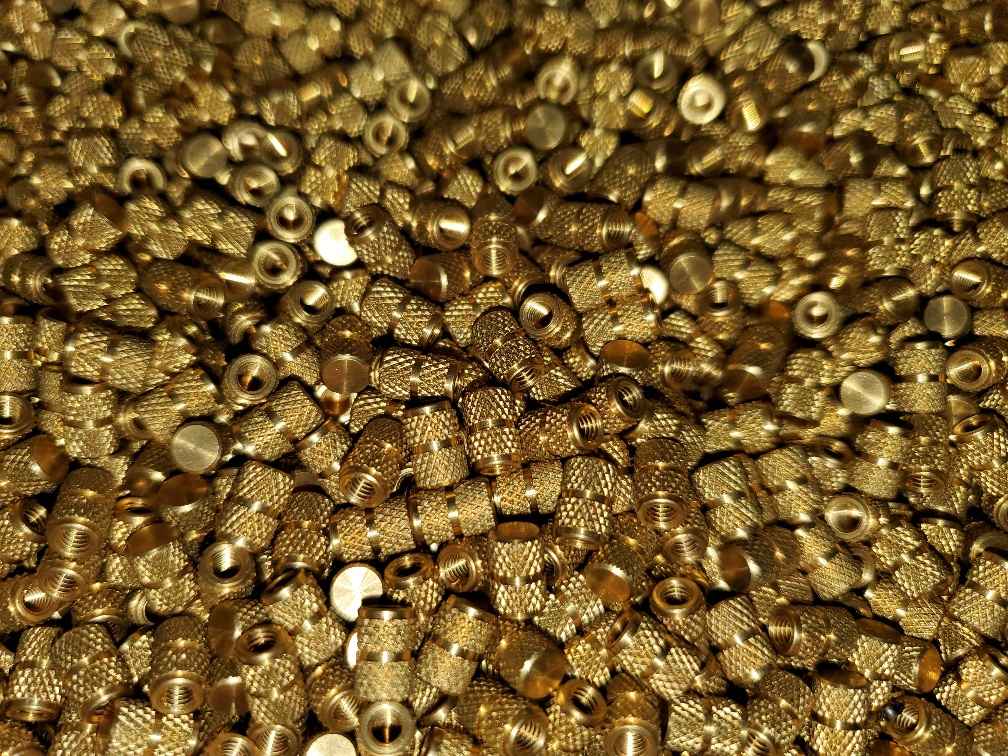 AIM Processing is a company that is focused on quality, and we have been dedicated to giving personalized attention to each molding project for nearly 30 years. As a result, our team takes great care to ensure that every project is constructed using the best possible materials for the intended application use. Beyond plastic, however, it can also be important to choose the proper metal inserts to work alongside the molded material. Explore some factors to consider when working with metal inserts.
AIM Processing is a company that is focused on quality, and we have been dedicated to giving personalized attention to each molding project for nearly 30 years. As a result, our team takes great care to ensure that every project is constructed using the best possible materials for the intended application use. Beyond plastic, however, it can also be important to choose the proper metal inserts to work alongside the molded material. Explore some factors to consider when working with metal inserts.
When to Use Metal Inserts
Before choosing a metal insert type, one must first verify that a metal insert is necessary for the product design. Metal inserts are often used to prevent over tightening of the molded component during end use. By implementing metal insets, the mold avoids detrimental deformation before it has the chance to pose a risk to functionality. Typically, plastic molders will specifically use threaded inserts to boost the reliability of their molded plastic parts.
These inserts are not only versatile in their many uses— they also are available in a wide range of sizes and shapes, allowing them to adapt to any project’s requirements. Because of this, once you have determined the need for metal inserts, there are several specifications to consider which will determine the material type used.
Strength Requirements
Perhaps the most straightforward design requirement to consider is strength. Each metal insert will need to provide the designer with certain levels of strength, including both the strength to resist pulling out of the molded structure as well as the strength to resist moving within the molded component when twisted. And while certain materials, such as brass, can provide high levels of strength, metal inserts also increase in strength when designed with specialized thread counts.
Sustainability Requirements
In addition to strength requirements, some projects may need to follow stricter sustainability requirements, meaning lead-free alternatives have become more widely accepted as standard metal insert materials. Specifically, stainless steel and aluminum have become popular options for projects that cannot utilize brass metal inserts.
Avoiding Chipping and Corrosion
Depending on the type of application a molded part is intended for, the metal insert may have to endure harsh end-use conditions. In some instances, it may be vital for the metal insert to perform well when exposed to environments that pose a greater threat of chipping or erosion. In these instances it may be most beneficial to consider using stainless steel metal inserts, as these provide better corrosion resistance than many other material options.
Considering Cost and Availability
Lastly, when there are multiple materials which can serve the purposes of your project equally well, it can be useful to consider the cost and availability of materials to determine what kind of metal inserts to invest in. If you are in need of further information and assistance in determining which metal insert is right for your project, get in touch with AIM’s all-star team today!

 SINCE 1993 MADE IN USA
SINCE 1993 MADE IN USA 

